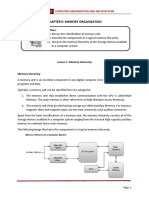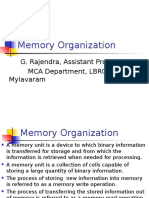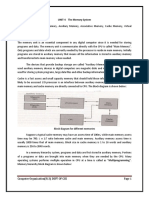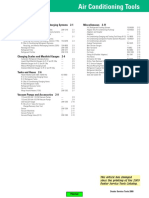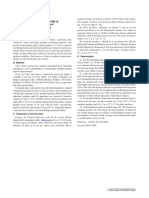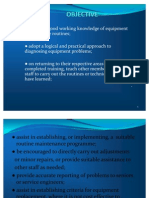0% found this document useful (0 votes)
27 views50 pagesUnit IV
The document discusses memory organization in computer systems, detailing the hierarchy of memory types from registers to magnetic tapes, highlighting their access speeds, capacities, and costs. It explains the characteristics of memory hierarchy, including access time, capacity, performance, and cost per bit, and describes the main and auxiliary memory types, including RAM and ROM. Additionally, it covers modes of data transfer, particularly interrupt-initiated I/O and priority interrupts, outlining how these systems manage data communication between the CPU and I/O devices.
Uploaded by
vikashnew2004patelCopyright
© © All Rights Reserved
We take content rights seriously. If you suspect this is your content, claim it here.
Available Formats
Download as PDF, TXT or read online on Scribd
0% found this document useful (0 votes)
27 views50 pagesUnit IV
The document discusses memory organization in computer systems, detailing the hierarchy of memory types from registers to magnetic tapes, highlighting their access speeds, capacities, and costs. It explains the characteristics of memory hierarchy, including access time, capacity, performance, and cost per bit, and describes the main and auxiliary memory types, including RAM and ROM. Additionally, it covers modes of data transfer, particularly interrupt-initiated I/O and priority interrupts, outlining how these systems manage data communication between the CPU and I/O devices.
Uploaded by
vikashnew2004patelCopyright
© © All Rights Reserved
We take content rights seriously. If you suspect this is your content, claim it here.
Available Formats
Download as PDF, TXT or read online on Scribd
/ 50


